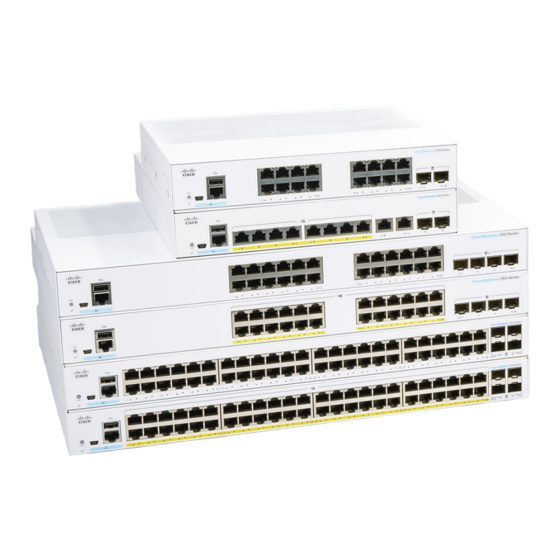Install the Appropriate Driver and Utilities
Note: The following procedures assume you are installing the driver from the CD provided. If
your PC does not have a CD-ROM drive, download the driver from Cisco's web site.
Windows 98 Systems
Note: The Windows 98 driver also works
with the Windows 2000 operating system.
In Windows 98 systems, after you have
installed the PC card client adapter, the
system automatically detects it, opens a New
Hardware Found window, and starts
collecting information for a driver database.
1
When the Add New Hardware Wizard
dialog box opens, it is searching for new
drivers. Click Next.
2
From the next dialog box, select Search
for the best driver for your device
(Recommended) and click Next.
3
Select CD-ROM drive, deselect all other
options, insert the Cisco Aironet 350
Series Client Adapter CD for Windows
98, and click Next.
4
The hardware wizard will find the
installation files on the CD and display
the search results. When the PCMCIA
adapter driver is displayed, click Next to
copy the required files.
5
During driver installation, you may be
prompted to enter a path to the required
client adapter or Windows 98 files:
(a) Windows 98 files installed on your
PC are usually located in the folder
C:\Windows\Options\Cabs. Click
OK to install.
(b) If the system prompts you for the
Windows CD and the CD-ROM
drive on your PC is drive D, the
path should be D:\WIN98. Click
OK to copy the required files.
6
The Add New Hardware Wizard
window again opens indicating that the
installation is complete. Click Finish.
7
Remove the CD and restart your laptop.
8
When the computer restarts,
double-click My Computer, Control
Panel, and Network.
9
Select the PCMCIA adapter and click
Properties.
10
In the Properties window, click
Advanced.
11
In the Advanced window, select Client
Name and enter your computer's unique
name in the Value dialog box.
12
Select SSID. Enter your Access Point's
(case-sensitive) SSID in the Value dialog
box. Click OK.
3

